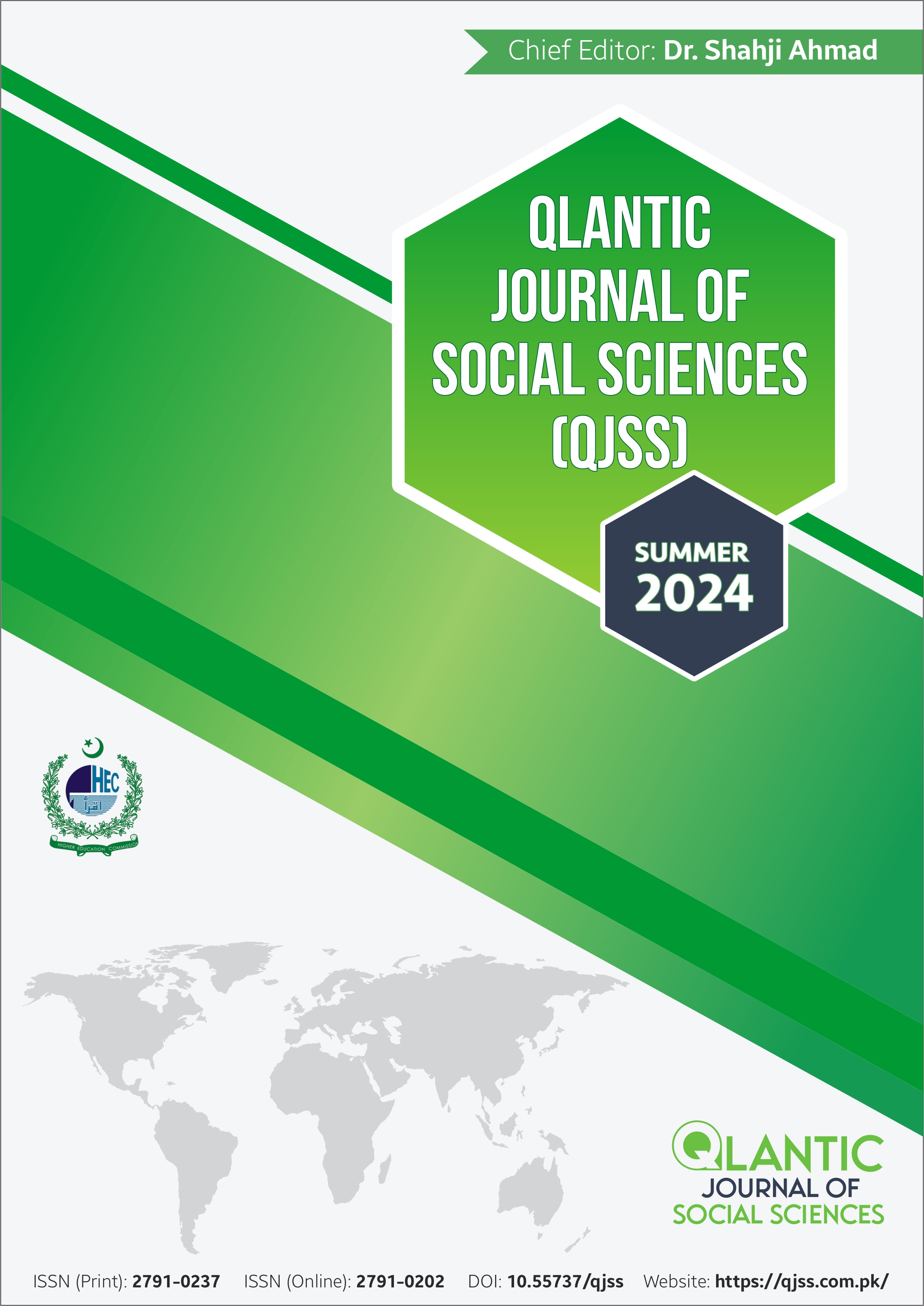Derivation of Rating Curve for Suspended Sediment Flow of River Indus at Besham
DOI:
https://doi.org/10.55737/qjss.v-iii.24097Keywords:
Rating Curve , Suspended Sediment Flow , River Indus , Besham, Coagulation-flocculationAbstract
This study aims at reclaiming the huge amount of wastewater, produced from pulp and paper industry by physico-chemical treatment method following a combination of primary settling, coagulation-flocculation aided clarification (alum, lime and magnesium sulphate as coagulant) and activated carbon adsorption, in order to reduce the quantity of wastewater generation, from this water intensive industry. The chemical secondary treatment indicate the reduction in turbidity (89%), COD (84%), Total Suspended Solids (90%) and colour (89%) was obtained at the mass loading of 3400 mg l-1 of MgSO4, when 4 hours primary treated effluent was further treated by coagulation flocculation process. The combination of primary settling and lime coagulation (optimum dosage of 1400 mg l-1) resulted in effluent turbidity removal of 94%, COD reduction of 86%, TSS (Total Suspended Solids) removal of 93% and colour removal of 91.6% at initial pH of 11. The results showed that plain settling with 4 hours of retention time was effective for reducing the pollution load form pulp and board mill wastewater and this treatment step could reduce the pollution parameters up to 30%. This water could be recycled back into production process. Pilot scale study and further investigation is required before implementation of proposed treatment technology.
References
Annandale, G. W. (1987). Reservoir sedimentation. Elsevier.
Bathurst, J. C. (1985a). Comments on difference between gravel and sand bed, 2nd gravel bed rivers workshop. Colorado State University Pingeer Park.
Bathurst, J. C. (1985b). Differences between gravel and sand bed, 2nd gravel bed rivers workshop. Colorado State University Pingeer Park.
Bathurst, J. C. (1985c). Conceptual models of sediment transport in streams, 2nd gravel bed rivers workshop. Colorado State University Pingeer Park.
Bradley, J. B., & McCutcheon, S. C. (1987). Influence of large suspended-sediment concentrations in rivers. Sediment Transport in Gravel-Bed Rivers. John Wiley and Sons New York. 1987. p 645-689, 11 fig, 3 tab, 62 ref.
Ferguson, R. I. (1985) Comments on conceptual models of sediment transport in streams, 2nd gravel bed rivers workshop, Colorado State University Pingeer Park.
García, M. H. (2006). ASCE manual of practice 110—Sedimentation engineering: Processes, measurements, modeling and practice. In World Environmental and Water Resource Congress 2006: Examining the confluence of environmental and water concerns (pp. 1-4).
Harvey, A. M. (1987). Sediment supply to upland streams: influence on channel adjustment. Sediment Transfer in Gravel-Bed Rivers. John Wiley & Sons New York. 1987. p 121-146, 1 tab, 14 fig, 26 ref.
Long, K. R., DeYoung, J. H., & Ludington, S. D. (1998). Database of significant deposits of gold, silver, copper, lead and zinc in the United States: Part A: Database Description and Analysis. US Geological Survey Open File Report.
Papanicolaou, A. N., Bdour, A., & Wicklein, E. (2004). One-dimensional hydrodynamic/sediment transport model applicable to steep mountain streams. Journal of Hydraulic Research, 42(4), 357–375. https://doi.org/10.1080/00221686.2004.9728402




